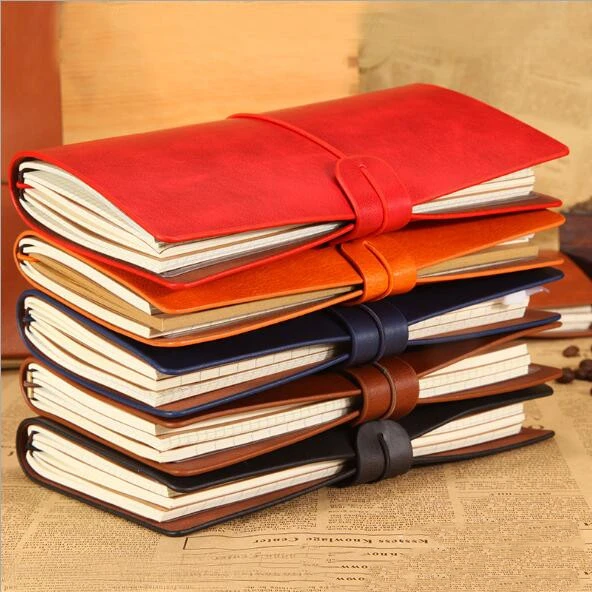In recent years, the demand for eco-friendly and sustainable products has surged as people become more conscious of their environmental impact. This trend has extended to the stationery industry, where consumers are now seeking sustainable options for products like custom spiral notebooks. In this comprehensive guide, we’ll explore various eco-friendly materials and production methods for custom spiral notebooks, highlighting their benefits and impact on the environment.
Why Choose Eco-Friendly Spiral Notebooks?
Before diving into the sustainable options available, let’s understand why choosing eco-friendly spiral notebooks is important:
-
Reduce Environmental Impact
Traditional spiral notebooks often use materials that contribute to deforestation and pollution. By opting for eco-friendly options, you can help reduce these negative impacts.
-
Support Sustainable Practices
Choosing eco-friendly spiral notebooks encourages manufacturers to adopt sustainable practices, leading to a more environmentally friendly industry.
-
Health Benefits
Eco-friendly materials are often free from harmful chemicals, making them safer for both the environment and the users.
Sustainable Materials for Spiral Notebooks
-
Recycled Paper
Using recycled paper for both the cover and pages of spiral notebooks significantly reduces the need for virgin paper. Look for notebooks made from post-consumer recycled paper for the highest environmental benefit.
-
Biodegradable Covers
Opt for covers made from biodegradable materials such as recycled cardboard, hemp, or bamboo. These materials decompose naturally, reducing landfill waste.
-
Vegetable-Based Inks
Traditional inks often contain volatile organic compounds (VOCs) that can harm the environment. Vegetable-based inks, made from renewable sources like soy or linseed oil, are a more sustainable option.
-
Sustainable Binding
Traditional spiral binding uses metal wire, which can be difficult to recycle. Consider notebooks with binding made from recycled materials or alternatives like hemp or jute.
Eco-Friendly Production Methods
-
Energy-Efficient Manufacturing
Choose notebooks from manufacturers that prioritize energy efficiency in their production processes. This includes using renewable energy sources like solar or wind power.
-
Minimal Packaging
Look for notebooks that are minimally packaged to reduce waste. Avoid notebooks with excessive plastic wrapping or packaging materials.
-
Eco-Friendly Disposal
Consider the end of life of your notebook. Look for products that are easily recyclable or compostable to minimize environmental impact.
Benefits of Eco-Friendly Spiral Notebooks
-
Environmental Conservation
By choosing eco-friendly options, you are directly contributing to the conservation of forests, water, and energy resources.
-
Promotion of Sustainable Practices
Supporting eco-friendly products encourages more manufacturers to adopt sustainable practices, leading to a greener industry overall.
-
Healthier Work and Study Environment
Eco-friendly materials are often free from harmful chemicals, creating a healthier environment for users.
In conclusion, choosing eco-friendly spiral notebooks is a small yet impactful step towards a more sustainable future. By opting for recycled materials, biodegradable covers, vegetable-based inks, and supporting energy-efficient manufacturing processes, you can make a positive difference for the environment. Consider these options for your next custom spiral notebook purchase and be a part of the sustainable stationery movement.




